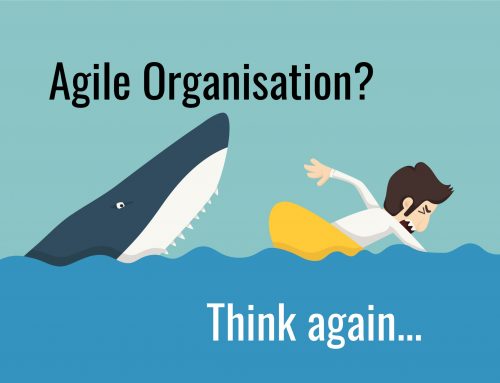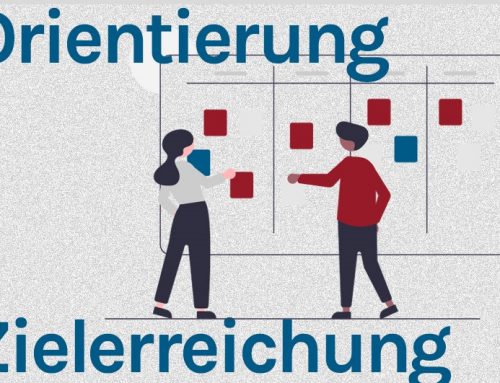2020/12/09
Moving from one position to another is a risky and stressful undertaking. Whether moving to a new company, new country, new business unit or taking more responsibility within a known area, employees and leaders are always faced with unknowns and uncertainties.
The first and most obvious challenge is to quickly get to know the market, technologies, services, systems and internal processes. The second, and far more powerful challenge in terms of success in the new position, is to find a place in the new social and hierarchical order. This means such things as blending in with the culture, understanding ‘who is who’, building the right relationships, proving one´s ability and establishing trust and leadership.
Given the resources and costs involved in finding, recruiting, and onboarding the right people and the amount of time we know it takes for people to become fully productive (between 6 and 18 months), it is astonishing that so few companies offer much support to their people during key transitions. It´s like doing a transplant operation but then doing nothing to ensure that the new organ is accepted by the body and the patient returns to full strength quickly. Of course, there are plenty of books on what executives need to do to be successful in the first 90 or 100 days and these are good but if that was all that were needed, success rates would be much better – studies suggest about 40% of senior executives fail or are pushed out after 18 months.
What HR Departments should be doing
There are 7 key areas which executives need to handle in their transitions where external support can be highly effective:
- Clarifying expectations from bosses and senior stakeholders so the “you should have known that” conversations are less likely down the line.
- Understanding how the new boss or board members “tick” and working together with them smartly.
- Developing a vision of where the new area should be in 2-3 years and how it should operate
- Clarifying the “must-win” priorities for the first 100 days
- Getting to know the new team and developing a strengths-based personnel strategy
- Understanding the interests of key internal and external stakeholders
- Managing the stress of the transition to maintain peak performance and boost confidence
Here are three formats that HR departments can use according to the resources available and the level of the transitions.
- A series of 5-8 coaching sessions beginning just before or just after the executives first day in the new role
- A virtual learning journey of 5 Sessions with a group of 3-8 colleagues who are all shortly before or still within their first 100 days. The sessions include guided 1:1 peer-coaching sessions on the above topics
- A two-day off-site workshop with 5-10 participants based around the 7 topics, with expert advice, guided exercises and 1:1 peer-coaching sessions
As any tightrope walker knows, having a long pole to help you balance as you carefully step your way along the rope is enormously helpful. I´d like to see more HR departments providing this kind of balancing pole, it´s support for people during some of the most stressful phases of their careers but it also makes total financial sense given the iceberg of costs involved with key transitions.






